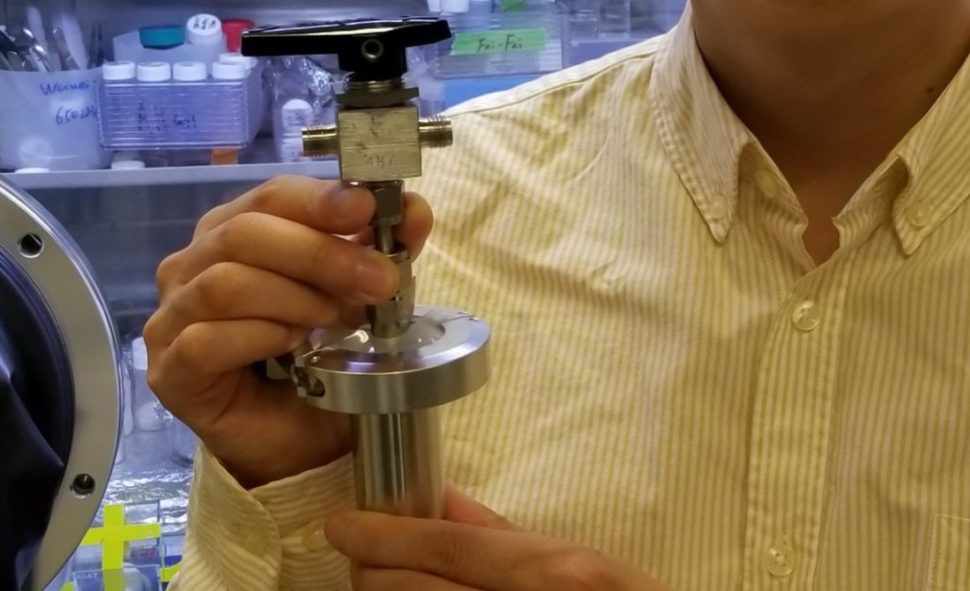A team of researchers from Stanford University developed a new water-based battery for storing wind and solar energy.
The manganese-hydrogen battery or water-based battery could, allegedly, provide a cheaper means to store both wind and solar energy. This would still enable both to be fed back into the electric grid and be redistributed should the demand arise.
The battery reportedly stands at just three inches tall and stores around 20 milliwatt-hours of electricity which is only equivalent to the energy levels of a small LED flashlight.
However, despite the small amount of energy produced by the battery, the researchers are confident that they could improve the said technology up to a point where it could be charged and recharged up to 10,000 times. This is said to be enough to create a grid-scale battery with a lifespan that could last for over ten years.
According to the paper‘s senior author, Yi Cui, the manganese-hydrogen battery technology could potentially be one of the missing pieces in the quest to find a way of storing wind and solar energy. Currently, storing these energies is not efficient and the power sources themselves are intermittent. An efficient battery would lessen the need to burn fossil fuels when renewable sources of energy are not available.
Read More: New Hybrid Aqueous Battery Charges up in Less Than 30 Seconds
For the researchers to mimic how wind or solar source might provide power to their battery, they attached a power source to the prototype. The design made the flowing electrons react with the manganese sulfate and dissolve in the water, leaving only manganese dioxide particles clinging to the electrodes.
The excess electrons then bubbled up as hydrogen gas which stores energy for later use. Since the researchers already know how to produce electricity from hydrogen, their next step was to test if the water-based battery could be recharged.
They did this by attaching the power source to the depleted battery, hoping to induce the manganese dioxide particles clinging to the electrode and eventually replenishing the manganese sulfate salt. The test succeeded and the process can reportedly be repeated in cycles.
“Given the water-based battery’s expected lifespan, it would cost a penny to store enough electricity to power a 100-watt lightbulb for twelve hours,” Cui said.



















Comments (0)
Most Recent